10 Underwater Photography Tips For Beginners
Underwater photography is a whole new world, where infinite photographic opportunities present themselves. It is also where even experienced photographers struggle at the beginning. Every aspect of photography becomes more complicated underwater. In this article, I will share some of my favorite tips to help you understand the basics of underwater photography and skip the initial struggle.
 DSC-RX100M4 @ 8.8mm, ISO 320, 1/320, f/9.0
DSC-RX100M4 @ 8.8mm, ISO 320, 1/320, f/9.0
10 نصائح للتصوير تحت الماء للمبتدئين
التصوير تحت الماء هو عالم جديد تمامًا، حيث تتاح فرص لا حصر لها للتصوير الفوتوغرافي. إنه أيضًا المكان الذي يعاني فيه المصورون ذوو الخبرة في البداية. يصبح كل جانب من جوانب التصوير الفوتوغرافي أكثر تعقيدًا تحت الماء. في هذه المقالة، سأشارك بعض نصائحي المفضلة لمساعدتك على فهم أساسيات التصوير الفوتوغرافي تحت الماء وتخطي الصراع الأولي.
Underwater photography is a whole new world, where infinite photographic opportunities present themselves. It is also where even experienced photographers struggle at the beginning. Every aspect of photography becomes more complicated underwater. In this article, I will share some of my favorite tips to help you understand the basics of underwater photography and skip the initial struggle.
 DSC-RX100M4 @ 8.8mm, ISO 320, 1/320, f/9.0
DSC-RX100M4 @ 8.8mm, ISO 320, 1/320, f/9.010 نصائح للتصوير تحت الماء للمبتدئين
التصوير تحت الماء هو عالم جديد تمامًا، حيث تتاح فرص لا حصر لها للتصوير الفوتوغرافي. إنه أيضًا المكان الذي يعاني فيه المصورون ذوو الخبرة في البداية. يصبح كل جانب من جوانب التصوير الفوتوغرافي أكثر تعقيدًا تحت الماء. في هذه المقالة، سأشارك بعض نصائحي المفضلة لمساعدتك على فهم أساسيات التصوير الفوتوغرافي تحت الماء وتخطي الصراع الأولي.

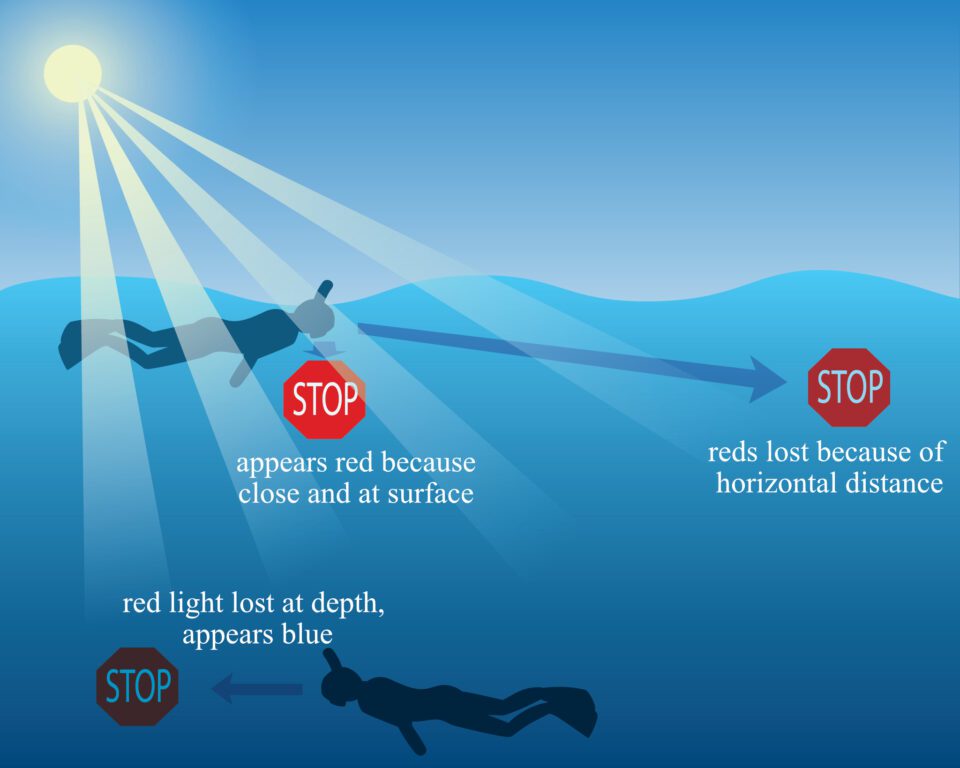
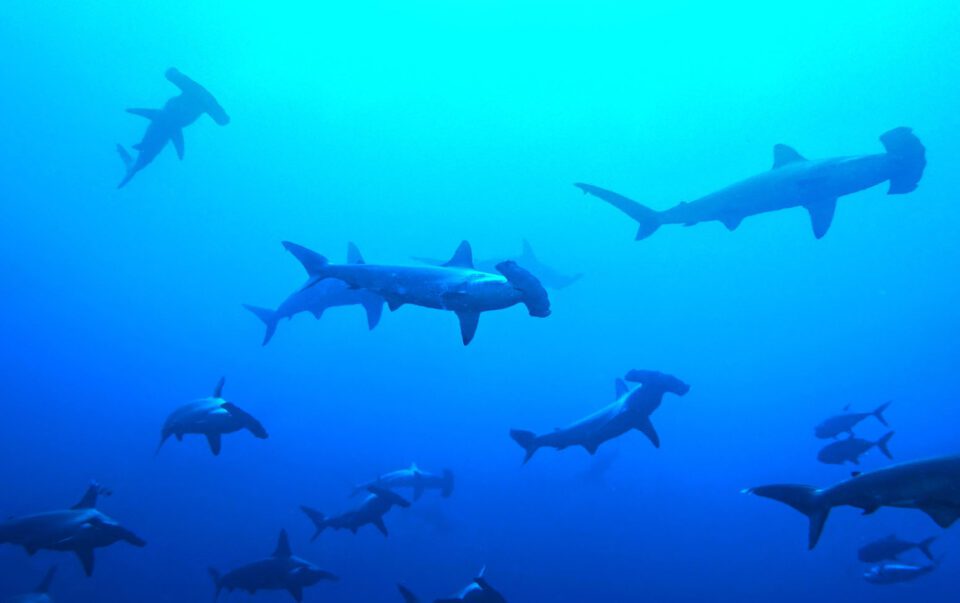
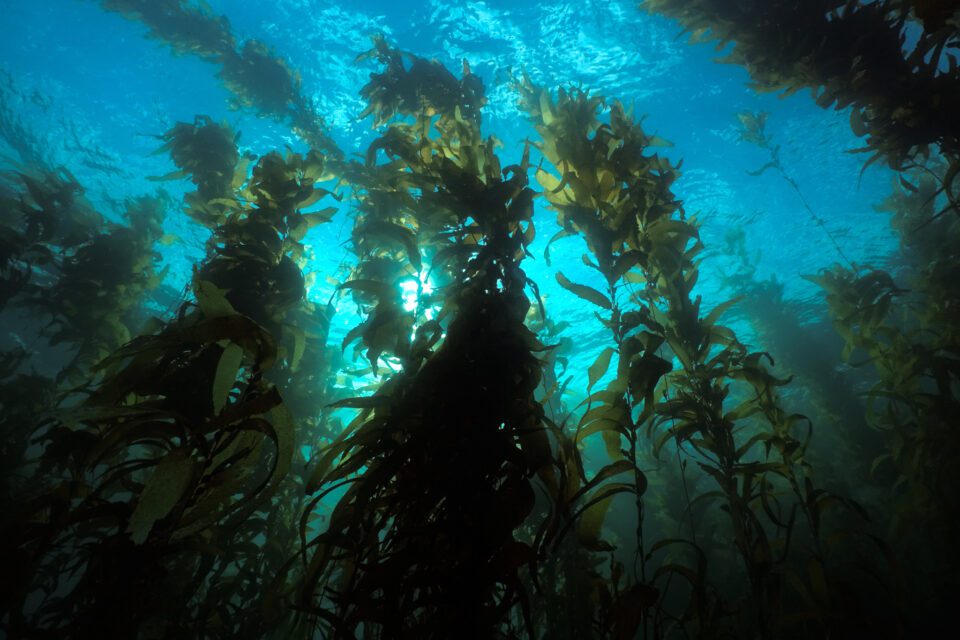
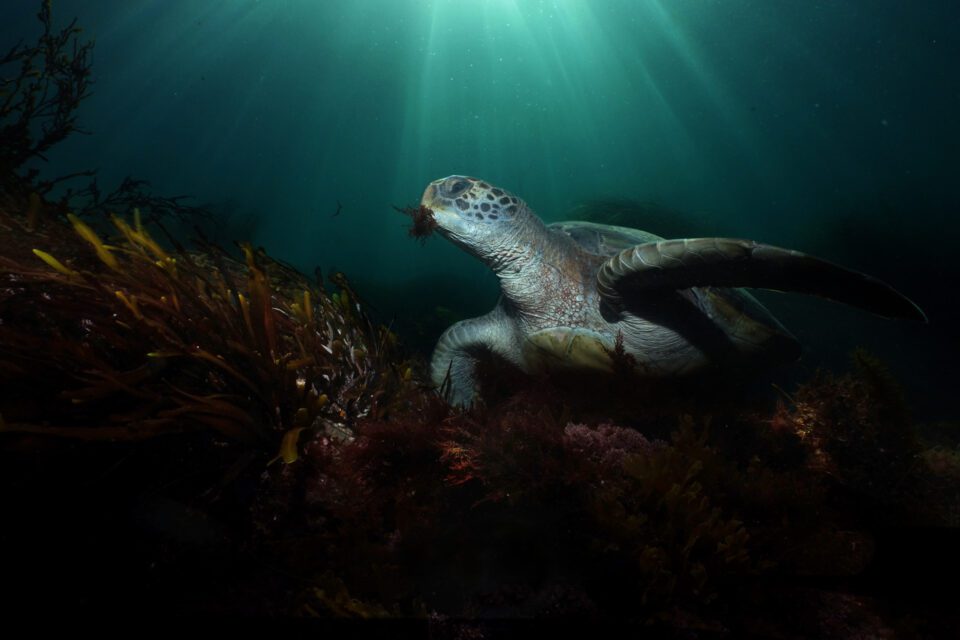
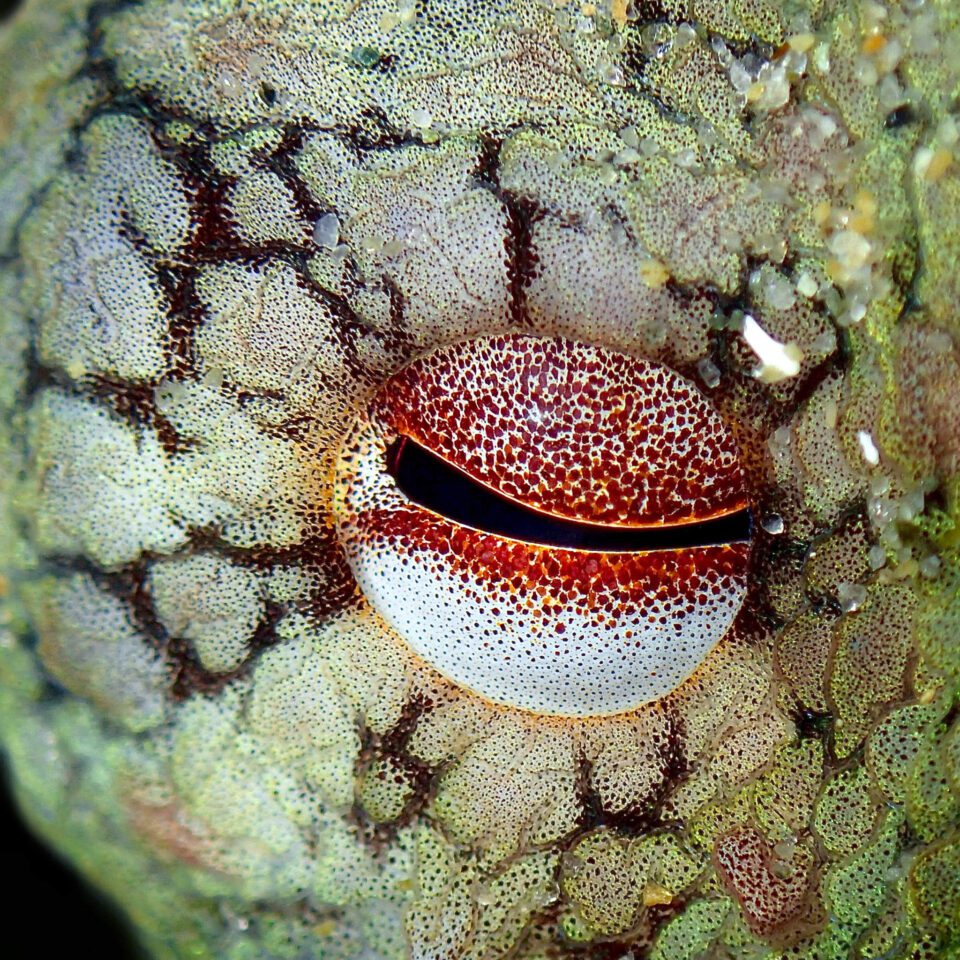
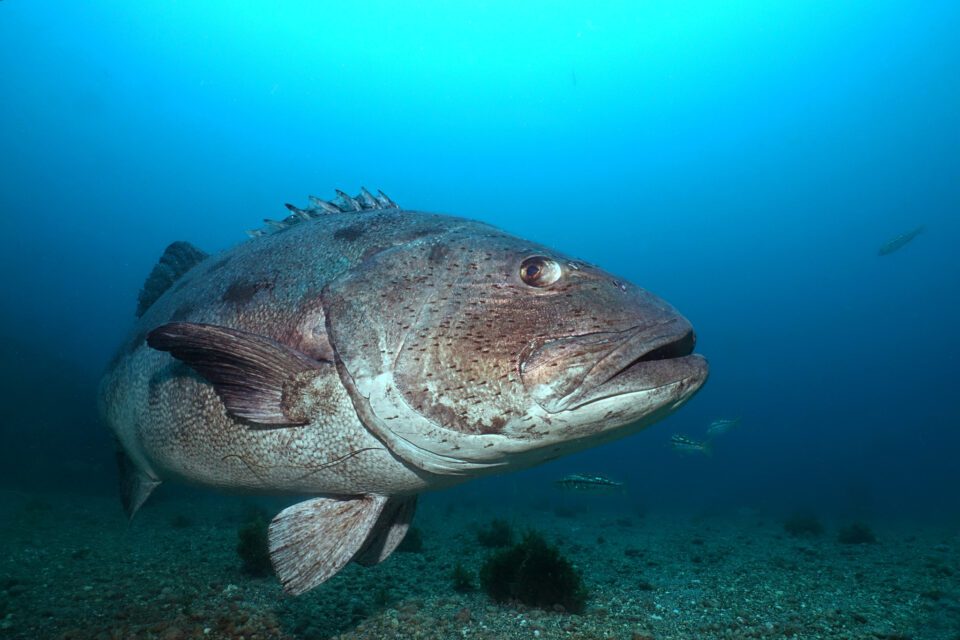
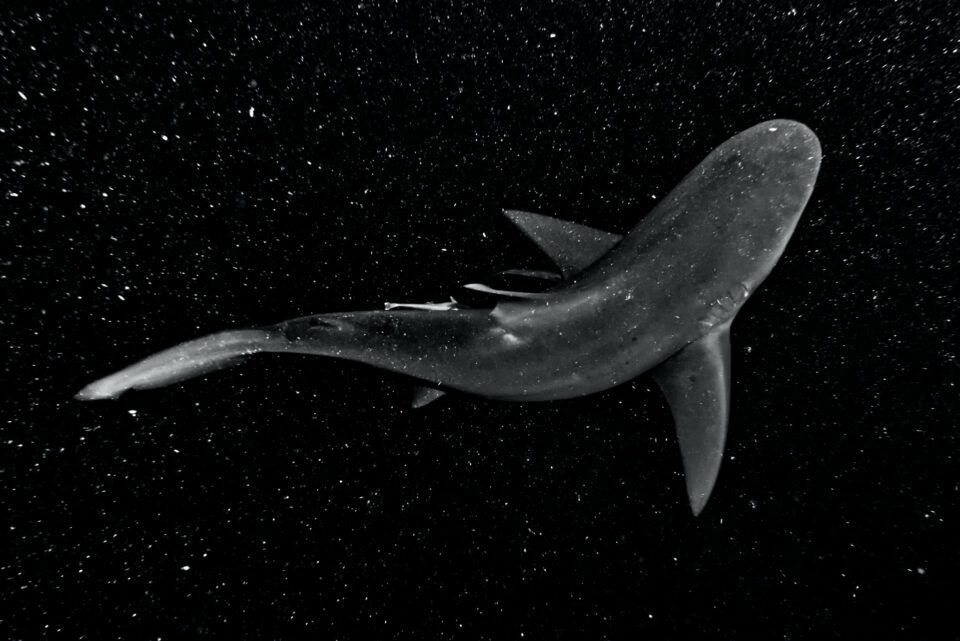
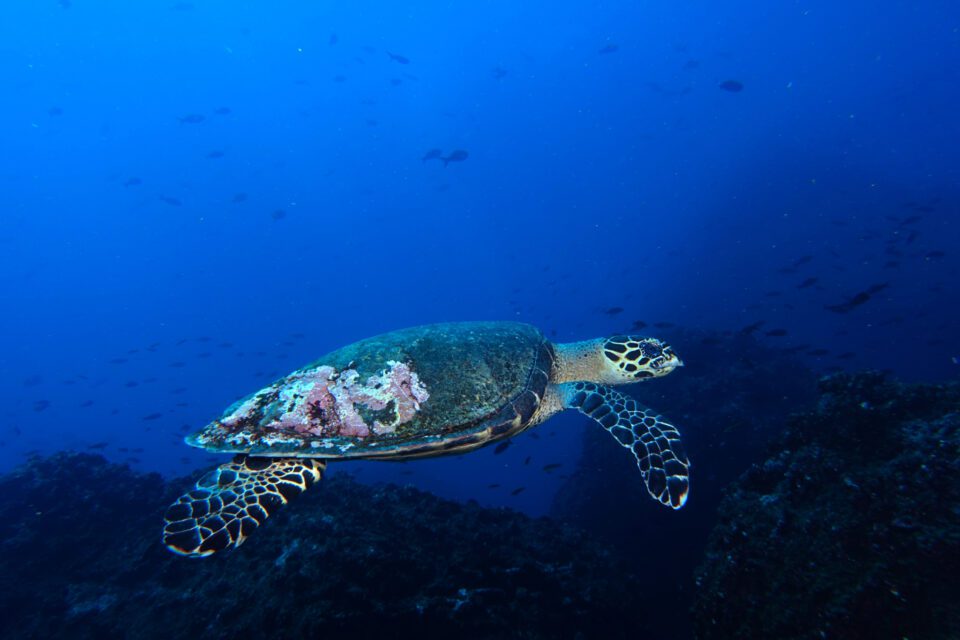
تعليق